Art Deco Textiles: The French DesignersAlain-Rene Hardy "A visually exciting look into the world of French Art Deco textile designs…..Highly recommended."—Library Journal
The 1920s and 1930s were a time of great social and cultural upheaval, as well as a period of immense creativity in all artistic fields. The decorative arts experienced a boom that was to shape the lifestyles of a generation, and French artists and designers found themselves at the center of these developments. Whether following the elitist decorative trends of Ruhlmann and Süe, or the more egalitarian, functionalist movement led by Le Corbusier, the worlds of interior decoration and fashion went through radical changes that were both influenced by and reflected in the textiles of the day.
This is an invitation to discover the spectacular world of French Art Deco textiles. Hundreds of full-color photographs bring to life the age when craftsmanship and industry worked side by side: Lyons silk and the first artificial fibers, carved wooden printing blocks and huge multiple-cylinder rotary presses, indigo and madder and aniline and alizarin dyes, tradition and progress. By turns sumptuous or minimalist, featuring extravagant floral patterns or simple arrangements of shapes and colors, timelessly classic or celebrating the most recent triumphs of contemporary life, these fabrics will provide endless inspiration to designers and collectors. 316 color illustrations. The Yellow Book : an illustrated quarterly, Volume 2Henry Harland The Gospel of Content
How it was that I, being so young a man and not a very tactful one, was sent on such an errand is more than I should be able to explain. But many years ago some one came to me with a request that I should go that evening to a certain street at King's Cross, where would be found a poor lady in great distress; that I should take a small sum of money which was given to me for the purpose in a little packet which disguised all appearance of coin, present it to her as a " parcel " which I had been desired to deliver, and ask if there were any particular service that could be done for her. For my own information I was told that she was a beautiful Russian whose husband had barely contrived to get her out of the country, with her child, before his own arrest for some deep political offence of which she was more than cognisant, and that now she was living in desperate ignorance of his fate. Moreover, she was penniless and companionless, though not quite without friends ; for some there were who knew of her husband and had a little help for her, though they were almost as poor as herself. But none of these dare approach her, so fearful was she of the danger of their doing so, either to themselves or her husband or
her child, and so ignorant of the perfect freedom that political exiles could count upon in England. "Then," said I," what ex pectation is there that she will admit me, an absolute stranger to her, who may be employed by the police for anything she knows to the contrary ? " The answer was : " Of course that has been thought of. But you have only to send up your name, which, in the certainty that you would have no objection, has been com municated to her already. Her own name, in England, is Madame Vernet."
It was a Saturday evening in November, the air thick with darkness and a drizzling rain, the streets black and shining where lamplight fell upon the mud on the paths and the pools in the roadway, when I found my way to King's Cross on this small errand of kindness. King's Cross is a most unlovely purlieu at its best, which must be in the first dawn of a summer day, when the innocence of morning smiles along its squalid streets, and the people of the place, who cannot be so wretched as they look, are shut within their poor and furtive homes. On a foul November night nothing can be more miserable, more melancholy. One or two great thoroughfares were crowded with foot-passengers who bustled here and there about their Saturday marketings, under the light that flared from the shops and the stalls that lined the road way. Spreading on every hand from these thoroughfares, with their noisy trafficking so dreadfully eager and small, was a maze of streets built to be " respectable " but now run down into the forlorn poverty which is all for concealment without any rational hope of success. It was to one of these that I was directed—a narrow silent little street of three-storey houses, with two families at least in every one of them.
Arrived at No. 17, I was admitted by a child after long delay, and by her conducted to a room at the top of the house. No
voice responded to the knock at the room door, and none to the announcement of the visitor's name ; but before I entered I was aware of a sound which, though it was only what may be heard in the grill-room of any coffee-house at luncheon time, made me feel very guilty and ashamed. For the last ten minutes I had been gradually sinking under the fear of intrusion—of intrusion upon grief, and not less upon the wretched little secrets of poverty which pride is so fain to conceal ; and now these splutterings of a frying-pan foundered me quite. What worse intrusion could there be than to come prying in upon the cooking of some poor little meal ?
Too much embarrassed to make the right apology (which, to be right, would have been without any embarrassment at all) I entered the room, in which everything could be seen in one straightforward Islas en el TiempoAlex Harris For thirty years Alex Harris has lived part of each year in northern New Mexico, responding to the vernacular life of the Hispanic villages both as a photographer and writer, but also as a neighbor and friend. Like the novelist, John Berger, Harris draws his primary inspiration and unique vision from his immersion into the lives and experiences of the people he documents. This extraordinary retrospective publication brings together for the first time Harris' black-and-white and color photographs of northern New Mexico and his surprising, cinematic color images from the city of Havana, Cuba. Harris photographs these two manifestations of the Spanish diaspora with a curious American edge. In New Mexico, television sets frame both saints and soap operas; dancing, naked hippies are set in sharp relief against the traditions of Hispanic village life. In Havana, centuries-old baroque architecture and evidence of more recent communist culture take on new meanings when photographed from the perspective of the backseats of 1950's vintage American cars. In many of these images, people are altogether absent, yet richly evoked through the objects they have made and touched, worshiped and used over the years. Grave Matters: A Journey Through the Modern Funeral Industry to a Natural Way of BurialMark Harris By the time Nate Fisher was laid to rest in a woodland grave sans coffin in the final season of Six Feet Under, Americans all across the country were starting to look outside the box when death came calling.
Grave Matters follows families who found in "green" burial a more natural, more economic, and ultimately more meaningful alternative to the tired and toxic send-off on offer at the local funeral parlor.
Eschewing chemical embalming and fancy caskets, elaborate and costly funerals, they have embraced a range of natural options, new and old, that are redefining a better American way of death. Environmental journalist Mark Harris examines this new green burial underground, leading you into natural cemeteries and domestic graveyards, taking you aboard boats from which ashes and memorial "reef balls" are cast into the sea. He follows a family that conducts a home funeral, one that delivers a loved one to the crematory, and another that hires a carpenter to build a pine coffin.
In the morbidly fascinating tradition of Stiff, Grave Matters details the embalming process and the environmental aftermath of the standard funeral. Harris also traces the history of burial in America, from frontier cemeteries to the billion-dollar business it is today, reporting on real families who opted for more simple, natural returns.
For readers who want to follow the examples of these families and, literally, give back from the grave, appendices detail everything you need to know, from exact costs and laws to natural burial providers and their contact information. Horse: From Noble Steeds to Beasts of BurdenLorraine Harrison For horse lovers, art lovers, and collectors of unusual, beautifully illustrated books, here is the only volume on the market to offer such a large and gorgeous array of equine art.
The book is divided into eight themed chapters that explore the diverse representations of horses in art: horses depicted as our trusty companions, unstinting workers, and supporters in combat. The book charts this enduring partnership, drawing on the profusion of paintings and sculptures that feature the dignified and intelligent animal that has played so many roles in human history and culture. From the small Nisean horse of the Persian Empire to the tough and speedy mounts of the Wild West, from the winged steed Pegasus to the faithful Black Beauty, humble nags take their place alongside preening thoroughbreds as the many breeds and guises of the horse are depicted. | American SideshowMarc Hartzman A fascinating look into the history of the American sideshow and its performers. Learn what's real, what's fake, and what's just downright bizarre.
You've probably heard of Tom Thumb. The Elephant Man. Perhaps even Chang and Eng, the original Siamese twins. But what about Eli Bowen, the legless acrobat? Or Prince Randian, the human torso? These were just a few of the many stars that shone during the heyday of the American sideshow, from 1840 to 1950. American Sideshow chronicles the lives of truly amazing performers, examining these brave and extraordinary curiosities not just as sideshow performers but as people, delving into the lives they led and the ways they were able to triumph over and even benefit from their abnormalities.
American Sideshow discusses the rise and fall of the original sideshows and their subsequent replacement by today's self-made freaks. With the progress of modern medicine, technological advancements, and the wonderful world of body modification, abnormalities are being overcome, treated and even prevented: Siamese twins can now be separated, and in addition to this, tongues can be forked, horns surgically implanted, and earlobes removed. There are also, of course, modern-day giants, fire eaters, sword swallowers, glass eaters, human blockheads, and oh, so much more.
These fascinating personalities are celebrated through intimate biographies paired with stunning photographs. Approximately two hundred performers from the past one hundred and sixty years are featured, giving readers a comprehensive and sometimes astonishing look into the history of the American sideshow Heide Hatry: Heads and TalesHeide Hatry Heads and Tales presents photographic documentation of 30 sculptures by Heide Hatry, in which fake skin appears to have been grafted on top of real faces. Each sculpture represents an imaginary woman for whom an invited female writer has created a biography. Writers include Jessica Hagedorn, Jennifer Belle, Lydia Millet and Mei-mei Berssenbrugge, among others. The Anatomist: A True Story of Gray's AnatomyBill Hayes A wonderful writer, Bill Hayes tells the multi-layered story of the two extraordinary young men who produced the most famous medical text of all time - a turning point in medical history, and a continuing influence and inspiration for artists, doctors and anatomists a century and a half later. Part memoir, part biography, part guided tour into the marvels of the human body, The Anatomist deserves a place on every bookshelf. And if you do not already have a copy of Gray's Anatomy, Bill Hayes's remarkable account will surely inspire you to get one.” - Oliver Sacks, author and neurologist
All laud and honor to Hayes. In perusing the body's 650 muscles and 206 bones, he has made the case that we are . . . 'fearfully and wonderfully made.'”The Washington Post Prose both lucid and arrestingly beautiful.”Publishers Weekly
The classic medical text known as Gray's Anatomy is one of the most famous books ever created. In this masterly work of creative nonfiction, Bill Hayes uncovers the extraordinary lives of the seminal volume's author and illustrator while providing a scalpel's-eye” view into the ingenuity of the human body. Bill Hayes is the best-selling author of Sleep Demons and Five Quarts. |


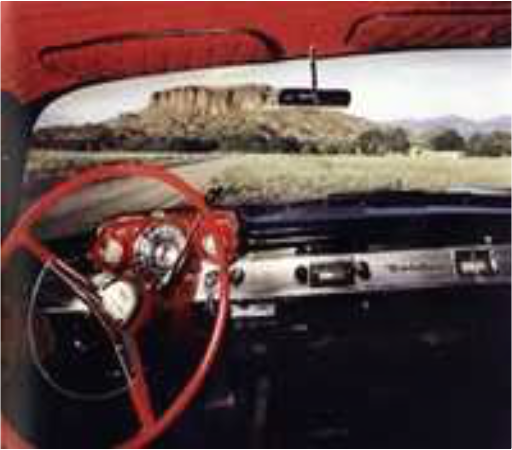
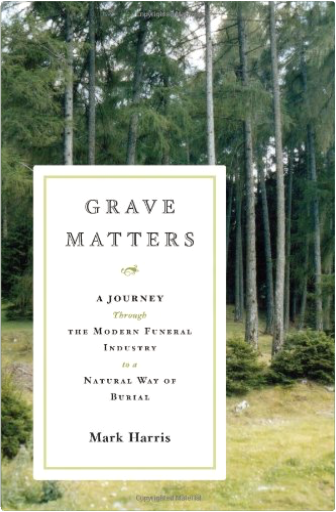
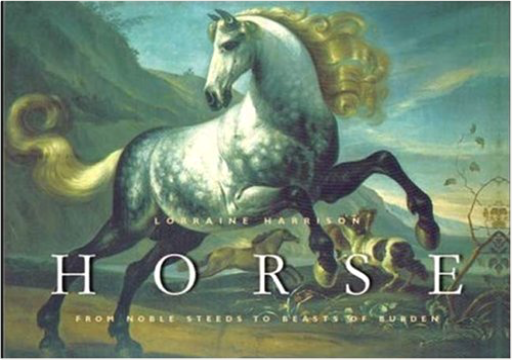
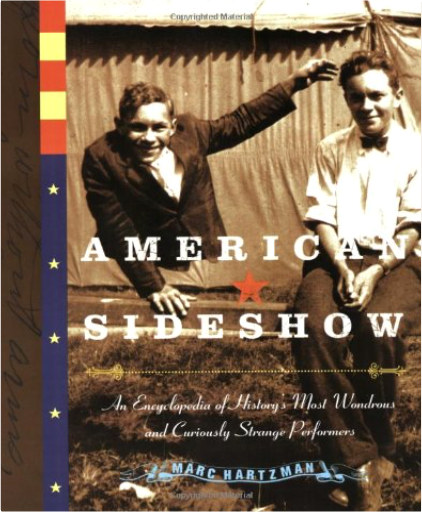

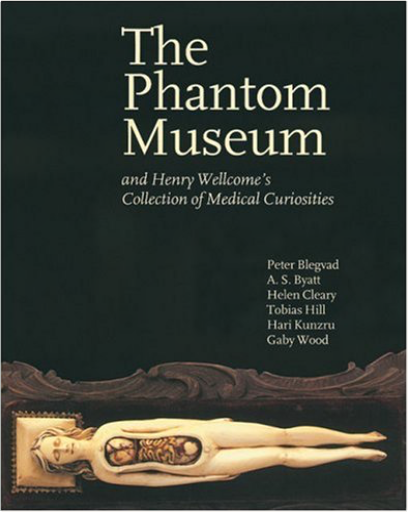






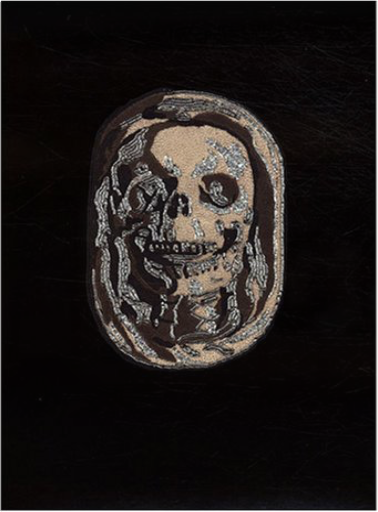

 Made with Delicious Library
Made with Delicious Library